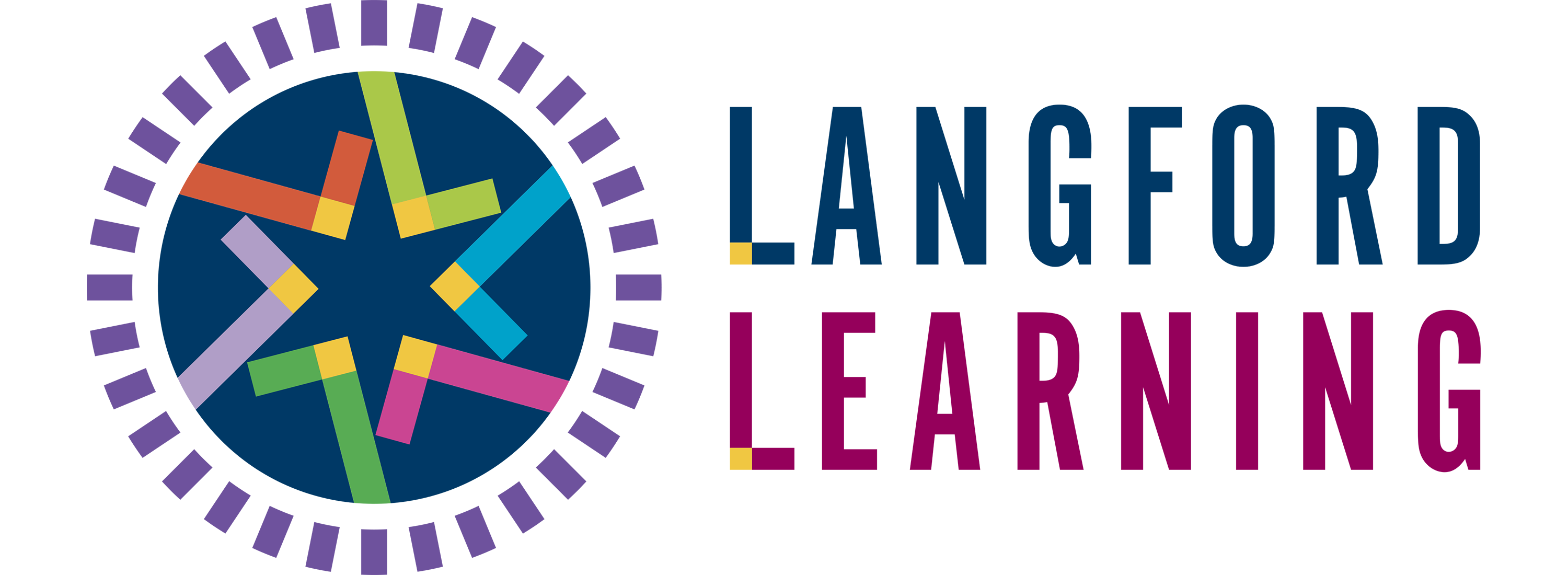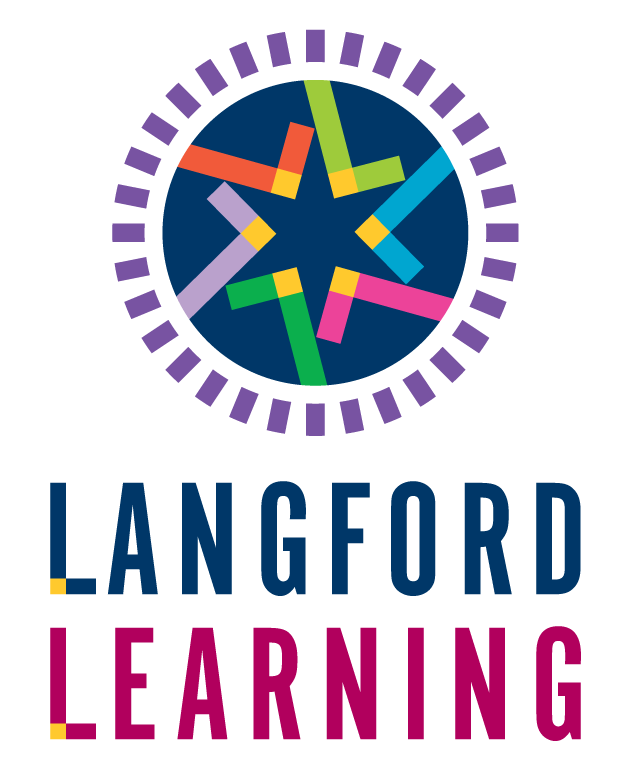Subtotal: $90.00
Who Do We Put Our Trust In?
- David Langford
- Business, Education, General
- 0 Comments

Years ago, I was leading a presentation for a group of leaders from a small school district. At the end of the presentation, I was fielding questions. One of the questions stuck with me. A teacher asked me very sincerely, “Who do we put our trust in?”
I replied, “Tell me more.” She said, “We get training from many consultants. We read books on application and theory. Do we trust you? Who do we trust? “In twenty years, I do not believe anyone has ever asked me that question. They may have thought it, but it was never asked. This question reveals years of frustration from adopting one program after another, often with little to show for it. My response was quick and—I hope—to the point. “You don’t put your trust in anyone outside your system. You put your trust in yourselves and especially your students. Only the people closest to the process are the most knowledgeable about how to improve it.”
 Teachers and students are the closest to the learning process. They know the problems and opportunities (probletunities), because they are living with them on a daily basis. In Langford Quality Learning we concentrate on teaching people strategies for understanding their problems and opportunities, collecting data, studying causes, and then prioritizing solutions—Plan-Do-Study-Act (PDSA).
Teachers and students are the closest to the learning process. They know the problems and opportunities (probletunities), because they are living with them on a daily basis. In Langford Quality Learning we concentrate on teaching people strategies for understanding their problems and opportunities, collecting data, studying causes, and then prioritizing solutions—Plan-Do-Study-Act (PDSA).
Trusting in preconceived solutions often leads to a massive waste of time, money, and effort. Dr. W. Edwards Deming often referred to this as tampering. Tampering is what educators do when they make changes to established programs in their school or university with good intentions, but not systemic theory. These solutions, although well-intended efforts, can potentially produce disastrous results. Sometimes the attempted improvement was sound, but the institution failed to stay focused. Or the adopted program did not address the real problems of the institution.
Applying a PDSA process may seem time-consuming when a packaged program could be adopted and implemented. Adopting a program developed by other institutions, without understanding the program’s theory, often means little depth of the intended improvement process. In other words, there is no profound understanding of why the program is being implemented. When this occurs, implementation is usually of low quality. When the execution is weak, people tend to blame the program and its administrators for bad results. The plan then gets scrapped, and leaders head off to implement another program.
The old rhyme, “Round and round we go, where we stop, nobody knows,” has a confronting truth to it. If you want to get off the merry-go-round of program improvement, start by seeking to understand your current system:
- Purpose, values, vision, critical success factors, etc..
- Create a System Map (see Tool Time for Education).
- Put yourselves to work identifying opportunities, collecting data, studying causes, and prioritizing possible solutions.
Only at this point should you look at prepackage programs that might match your problem.
Remember that students are part of the system. Involve them in collecting data, prioritizing, and creating solutions. When students are involved in identifying and solving probletunities, they also have a vested interest in implementing the solution. Once students have an in-depth understanding of improvement processes, significant systemic changes can be attempted and implemented.
People often want me to just tell them what to do: a program to follow. I refrain from doing so because it will not create sustained systemic improvement. I discourage people from copying someone else’s solution(s). Instead, I provide examples of how people have used strategies to create new solutions, focus on developing and implementing their own PDSA process. This is a pathway for system-wide improvement. Keep the following phrases handy next time someone wants to adopt the “next best thing” for your institution:
“For what problem at our school is that a solution?” “How do you know?” “Where is the data showing that problem is the most important problem to work on?”
Instead of tampering, take the initiative and involve those closest to the process in starting a PDSA improvement process at your institution.
-
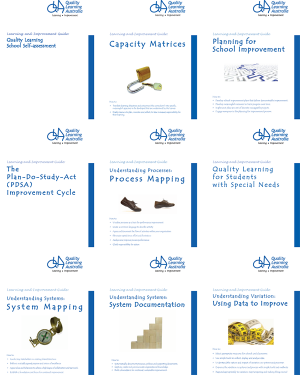
Guidebook Bundle (Read-Only PDF Download)
$90.00 Add to cart -
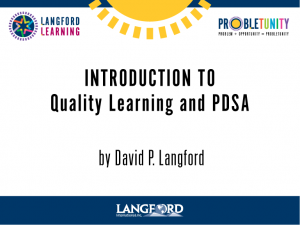
Introduction to Quality Learning and PDSA
$497.00 Select options This product has multiple variants. The options may be chosen on the product page -
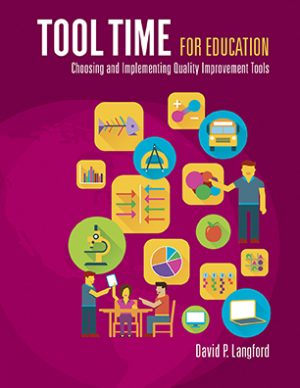
Tool Time for Education
$75.00 Add to cart
